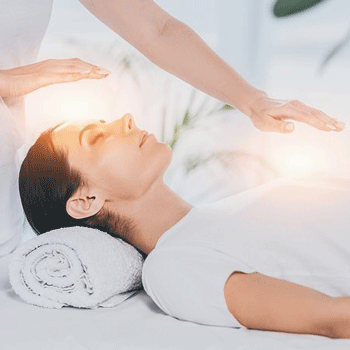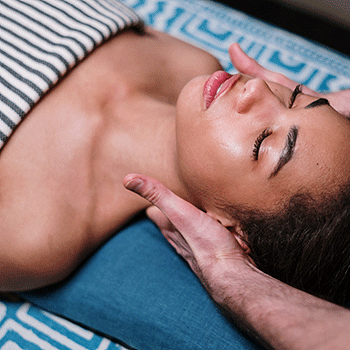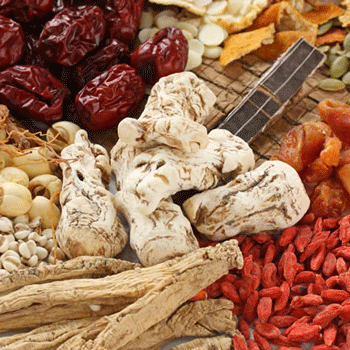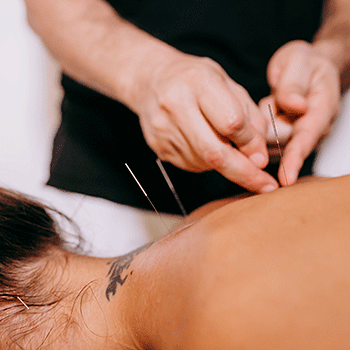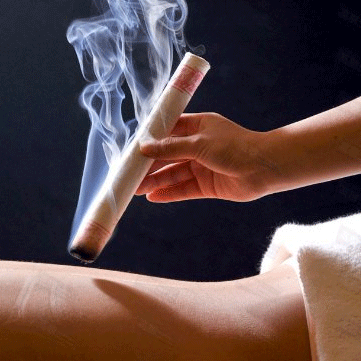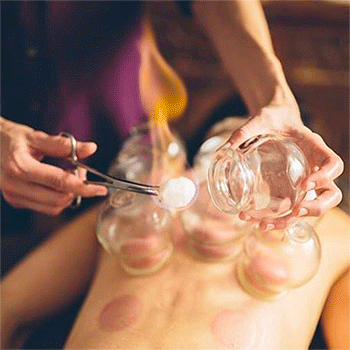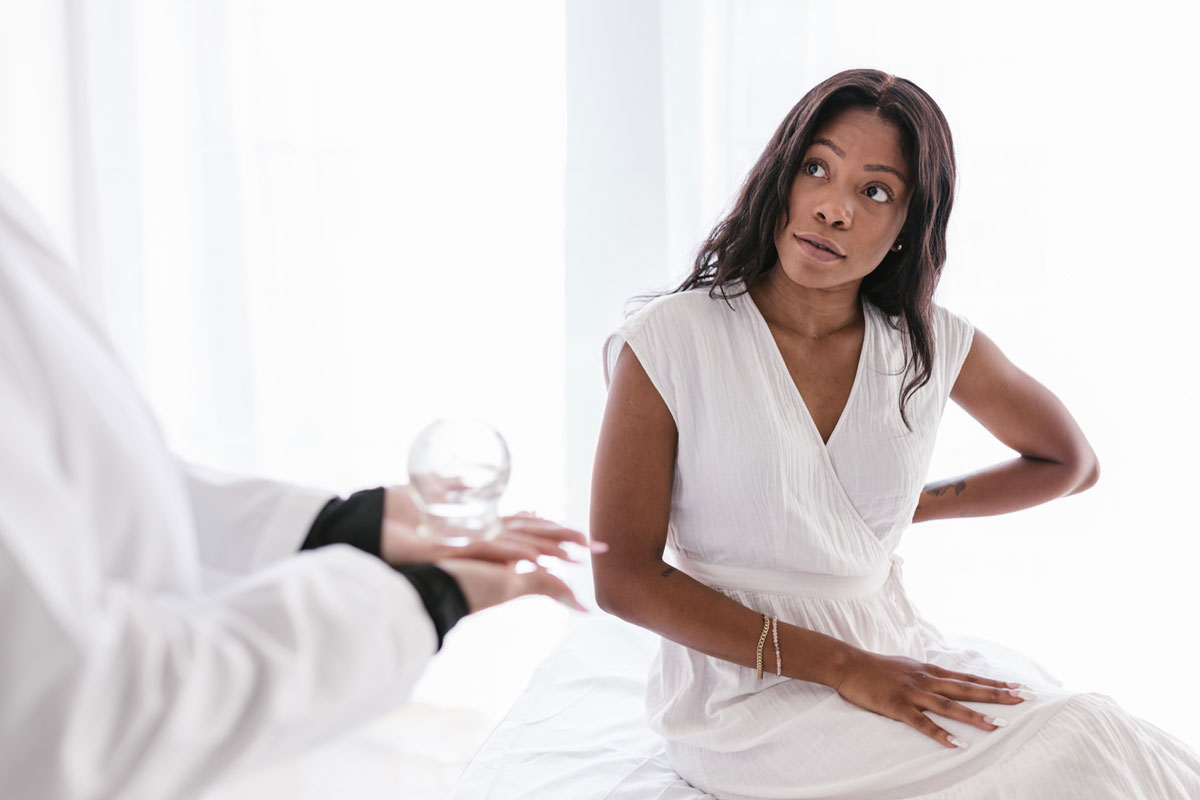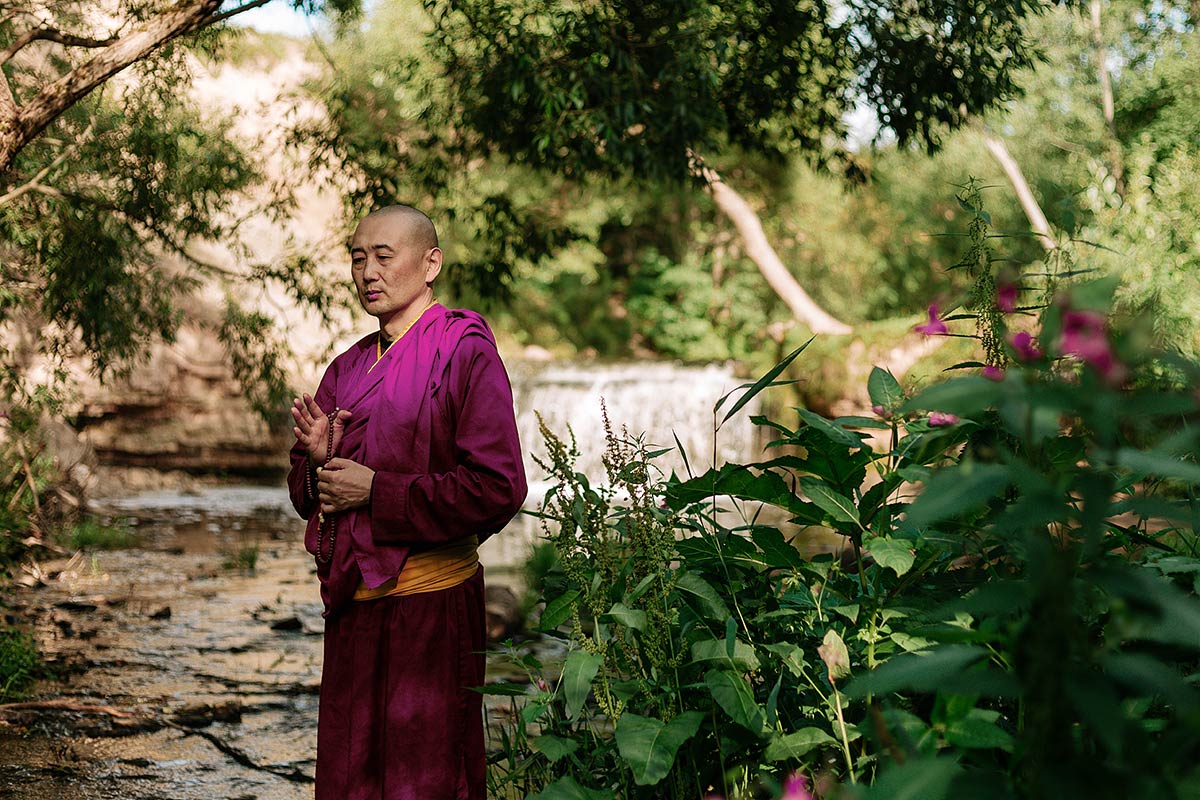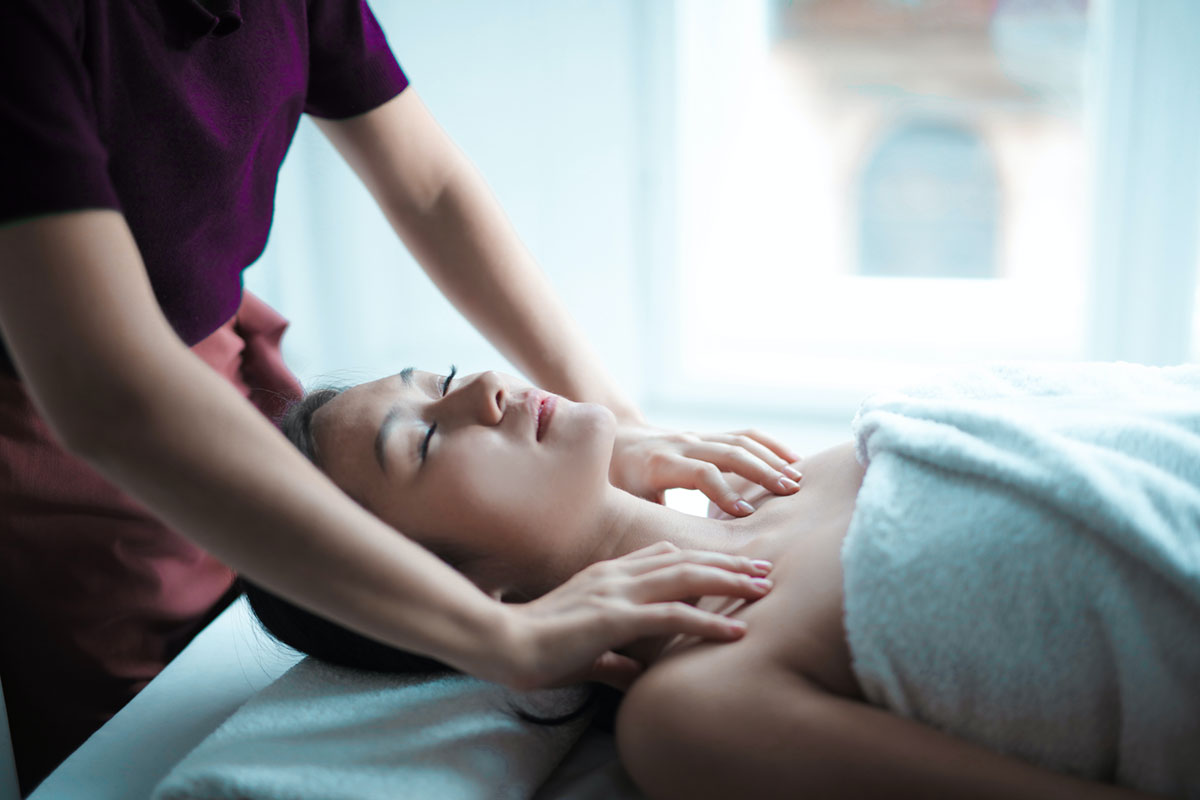
Follow-up Treatment
-
DURATION
60 min
-
WEEKLY
1-2x/week
-
FEE
$NZ 90
A follow-up session begins with a short conversation followed by a quick assessment of your current state of being and feel. The goal here is to re-assess the state of Qi at this moment and make sure the treatment is focused on a particular outcome, which is required at this point of time.
You will tell us of your experience following from the last session, and voice any concerns that you may have. We may ask you some specific questions here as well to understand how to direct the intent for the treatment for the outcomes you want.
